John Eliot and the Praying Indians of Massachusetts Bay
John Eliot and the Praying Indians of Massachusetts Bay
Communities and Connections in Puritan New England
Kathryn N. Gray
Published by Bucknell University Press
Co-published with The Rowman & Littlefield Publishing Group, Inc.
4501 Forbes Boulevard, Suite 200, Lanham, Maryland 20706
www.rowman.com
10 Thornbury Road, Plymouth PL6 7PP, United Kingdom
Copyright 2013 by Kathryn N. Gray
All rights reserved. No part of this book may be reproduced in any form or by any electronic or mechanical means, including information storage and retrieval systems, without written permission from the publisher, except by a reviewer who may quote passages in a review.
British Library Cataloguing in Publication Information Available
Library of Congress Cataloging-in-Publication Data
Gray, Kathryn N., 1975
John Eliot and the praying indians of Massachusetts Bay : communities and connections in Puritan New England / Kathryn N. Gray.
p. cm.
Includes bibliographical references and index.
ISBN 978-1-61148-503-5 (cloth : alk. paper) ISBN 978-1-61148-504-2
1. Eliot, John, 1604-1690. 2. Indians of North AmericaMissionsMassachusetts. 3. MissionariesMassachusettsBiography. 4. PuritansMassachusettsBiography. I. Title.
E78.M4E5265 2013
266'.58092dc23
[B] 2013023883
 TM The paper used in this publication meets the minimum requirements of American National Standard for Information Sciences Permanence of Paper for Printed Library Materials, ANSI/NISO Z39.48-1992.
TM The paper used in this publication meets the minimum requirements of American National Standard for Information Sciences Permanence of Paper for Printed Library Materials, ANSI/NISO Z39.48-1992.
Printed in the United States of America
For Scott
Introduction
Two prevailing images of John Eliot, missionary and minister, have endured since visual artists of the nineteenth century memorialized his life and work: Eliot is either depicted as a youngish man standing with his arm raised heavenward preaching amid a group of Native American tribesmen, or he is portrayed as a much older man in his declining years sitting at a desk with a prominently placed copy of his own translation of the Algonquian bible, Mamusse Wunneetupanatamwe Up-Biblum God. One image remembers Eliots gift for oratory and the other his work as an ambitious and successful linguist. In each of these images Eliots relationship with Algonquian people and their language is prioritized as we witness them receiving religious instruction aurally from Eliots sermons or in textual form from his biblical translation.
It is perhaps unsurprising that artists chose to remember Eliot through the value he placed on the power of the spoken word: after all, as a preacher and missionary he was first and foremost an orator who privileged public speech in the form of sermons and prayers in his day-to-day ecclesiastical life. These artists have followed Cotton Mathers lead when he referred to Eliot as Moses in America, then likened him to John the Baptist These images highlight the fact that John Eliot more than any other individual in colonial New England believed that Native languages, in this case Massachusett, a dialect of Algonquian, could be and should be a language of Christianity. The purpose of this study is to examine Eliots relationship with Algonquian people and their language and consider the processes and circumstances of Native American conversion to Christianity.
From Mathers depiction of Eliot and the visual memorials which have evolved from the nineteenth century it would be easy to assume that Eliots verbal and written encounters with Algonquian people of Massachusetts existed in isolation from the religious and political upheaval of life in seventeenth-century England. In fact nothing could be further from the truth. During his long career as a minister and a missionary Eliot made numerous contributions to missionary narratives which were published in London (commonly referred to as the Eliot Tracts), and engaged fervently in millennial debates over Englands political and religious trials during the 1650s. Through spoken and written communications Eliot created a network of individuals and communities in Native and colonial New England as well as in England, both in the metropolitan center, London, and in regional parts of England. By demonstrating the ways in which each of these geographically distinct audiences coalesce into communities of readers or communities of gathered listeners in relation to Eliots mission, the political and religious motivations of the New England mission are, I hope, revealed with a new inclusiveness. For a very long period, from his arrival in 1631 until his death in 1690, Eliot consciously situated his New England mission within a tapestry of contesting, transatlantic political and religious forces.
The written communications and spoken utterances that circulated in this charged transatlantic space were of many kinds. There were private letters, published correspondence, public declarations of faith, narrative accounts of native conversion, language primers, the Algonquian bible itself, religious instruction manuals, records of religious utterances (catechism, examination and prayer, for example), dying speeches and fictional dialogues. By paying attention to the various English, colonial, and Native communities with whom Eliot interacted and the influences at work in their expressions of religious utterance, I believe it is possible to examine many of the configurations of collective and individual identity available to speakers, listeners, and readers of all communities, as they use the mission to redefine their political and religious identities in a century defined by comprehensive social and political upheaval. We should remember that this upheaval was differently configured in England, colonial New England, and the territories of the Southern Algonquian people on the Eastern seaboard.
In summary, by focusing on John Eliots interactions with correspondents and communities in England, as well as his interactions with communities of Algonquian penitents, we can better understand the political and religious impulses that allowed first-generation colonial New Englanders like Eliot to establish a culture of spiritual renewal in a difficult and unpredictable environment. When the Puritans set sail for the New World the civil and political necessity of establishing a community was driven by their religious fervor, and racialized when they confronted communities of Natives whose lives and appearances were very different from their own. They were also tested to the very limits as they endured a harsh and at times unforgiving landscape. In part, this study traces the lines and patterns of communication within these communities and considers the impact that these local and transatlantic connections had in the contact zone of colonial New England, as well as in the hearts and minds of armchair missionaries in England. The composition of the different communities with whom Eliot engaged ranged from Indian listeners and speakers in the immediate space of the local native settlements and praying towns in the colony, to a transatlantic community made up of personal correspondents and official exchanges with the London-based Corporation for the Propagation of the Gospel and, in the last years, the Royal Society.
The programs and effects of Eliots communications have been studied before, and Sandra Gustafson, for example, has fairly recently made a significant contribution to the field in her study, Eloquence is Power, which establishes a new set of parameters for the study of speech and speech acts in colonial North America, in which Eliot and praying Indians of Massachusetts Bay play a key and prominent role. In
Next page
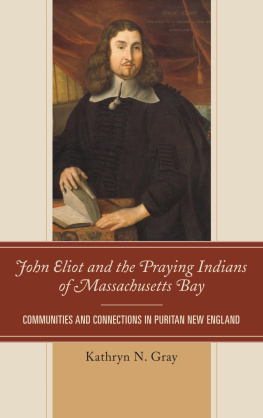

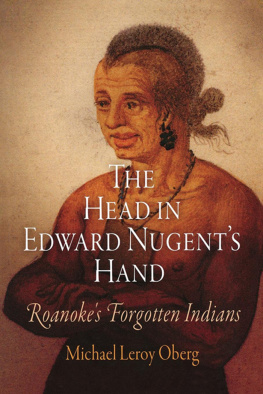
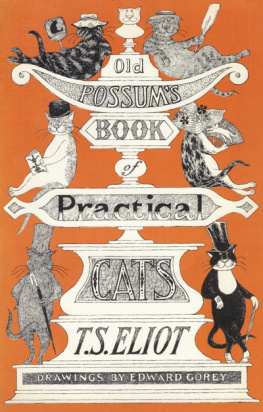
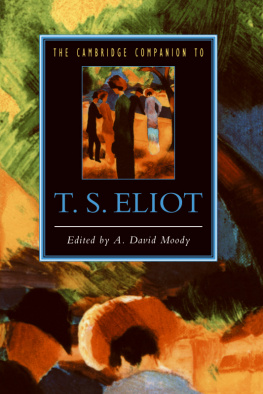
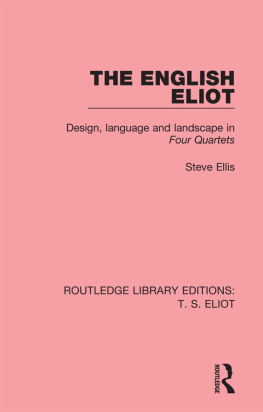
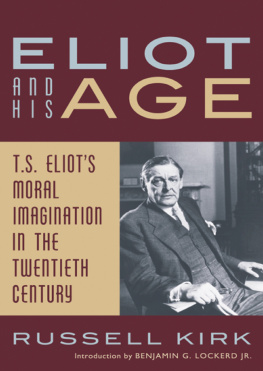
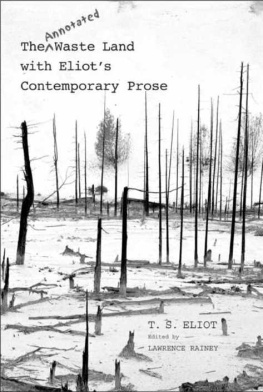

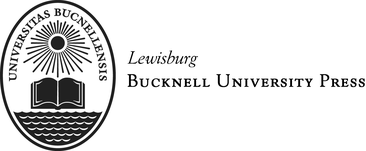
 TM The paper used in this publication meets the minimum requirements of American National Standard for Information Sciences Permanence of Paper for Printed Library Materials, ANSI/NISO Z39.48-1992.
TM The paper used in this publication meets the minimum requirements of American National Standard for Information Sciences Permanence of Paper for Printed Library Materials, ANSI/NISO Z39.48-1992.